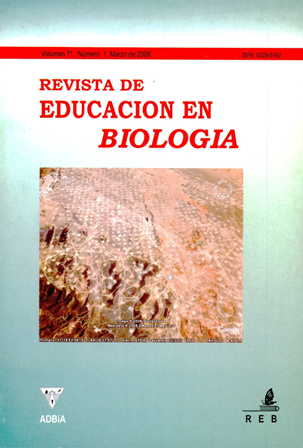Disinterestedness in the Past, Decisions of the Future: education to prevent the biological invasions
Main Article Content
Abstract
The introduction of exotic species is the second cause of the biodiversity loss after the physical destruction of the habitat. When the exotic or non-native species become invasive, they produce not only environmental impacts (in the aquatic as well as in the land environments), but also economic and social once. These impacts can be perceived in the modification of the native habitat, such as macrofouling (insertions in the aquatic environment of organisms larger than 1mm over artificial organisms and/or structures), the collateral introduction of parasites (potential causes of disease), predators of commercial species, etc. The objective of this article is to provide a theoretical framework about the biological invasions (especially those related to the aquatic environment), as one of the aspects to take into account when considering the causes that produce the biodiversity loss, and as a tool to be used in the classroom.
Article Details

This work is licensed under a Creative Commons Attribution-NonCommercial-ShareAlike 4.0 International License.
Aquellos autores/as que tengan publicaciones con esta revista, aceptan los términos siguientes:- Los autores/as conservarán sus derechos de autor y garantizarán a la revista el derecho de primera publicación de su obra, el cuál estará simultáneamente sujeto a la Licencia de reconocimiento de Creative Commons que no se permite un uso comercial de la obra original ni de las posibles obras derivadas, la distribución de las cuales se debe hacer con una licencia igual a la que regula la obra original.
- Los autores/as podrán adoptar otros acuerdos de licencia no exclusiva de distribución de la versión de la obra publicada (p. ej.: depositarla en un archivo telemático institucional o publicarla en un volumen monográfico) siempre que se indique la publicación inicial en esta revista.
- Se recomienda a los autores/as difundir su obra a través de Internet (p. ej.: en archivos telemáticos institucionales o en su página web) después del proceso de publicación, lo cual puede producir intercambios interesantes y aumentar las citas de la obra publicada. (Véase El efecto del acceso abierto).

